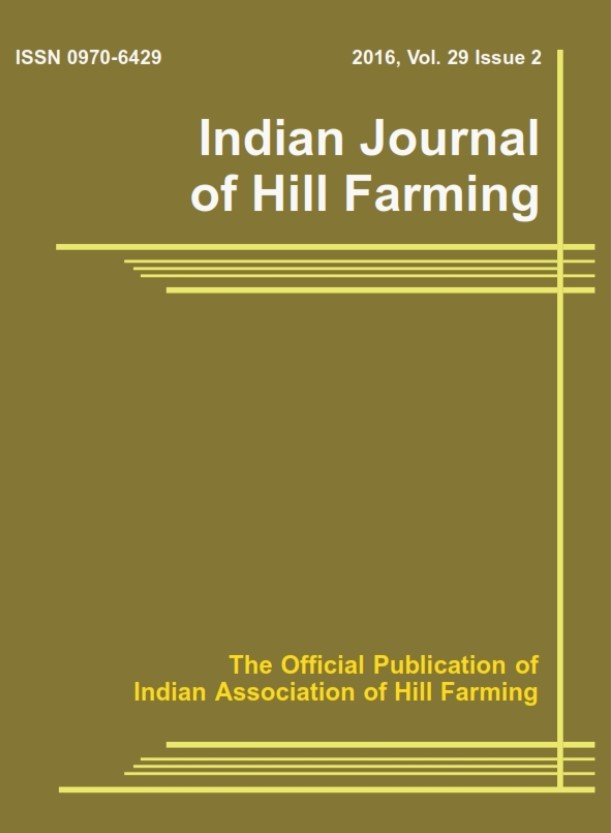Compatibility of different Insecticides with Entomopathogen Metarhizium anisopliae (Metchnikoff) Sorokin
DOI:
https://doi.org/10.56678/Keywords:
Entomopathogen, Metarhizium anisopliae, Lethal dose (LD), Sub-lethal dose (SLD)Abstract
The most notable entomopathogenic fungus species is Metarhizium anisopliae. The most adaptable and ecologically secure biological control agents are the entomopathogenic fungi, which are frequently implicated in high levels of epizootics in the natural world. The present study was carried out in the Entomology laboratory, School of Crop Protection (SCP), College of Post Graduate Studies in Agricultural Sciences (CPGS-AS), CAU (Imphal), Umiam, (25°40’52.32"N, 91°54’41.04"E) Meghalaya during the academic year 2021-2022. The compatibility of six different insecticides with entomopathogen Metarhizium anisopliae was evaluated using the ‘Poisoned food technique’ at both lethal (LD) and sub-lethal dosages (SLD). In vitro evaluation of compatibility of six different chemical insecticides with entomopathogen M. anisopliae, revealed that Imidacloprid17.8% SL (SLD) showed the best compatibility with M. anisopliae showing lowest per cent inhibition and highest radial growth, followed by Pymetrozyne 50%WG (SLD), Thiamethoxam25% WG (SLD) and Diafenthiuron50% WP (SLD). Deltamethrin 2.8% EC (LD) was most detrimental to entomopathogen showing lowest radial growth and highest per cent inhibition followed by Acephate75% SP (LD).Downloads
Published
2023-03-31
Issue
Section
Articles
License
Copyright (c) 2023 Bimal Kumar Sahoo, Sikha Haritha, R.K. Patidar, Mahesh Pathak, Pranab Dutta, N.S.A. Thakur, Hia Kalita, Kennedy Ningthoujam (Author)

This work is licensed under a Creative Commons Attribution-NonCommercial-NoDerivatives 4.0 International License.
How to Cite
Compatibility of different Insecticides with Entomopathogen Metarhizium anisopliae
(Metchnikoff) Sorokin . (2023). Indian Journal of Hill Farming, 36(01), 196-202. https://doi.org/10.56678/




